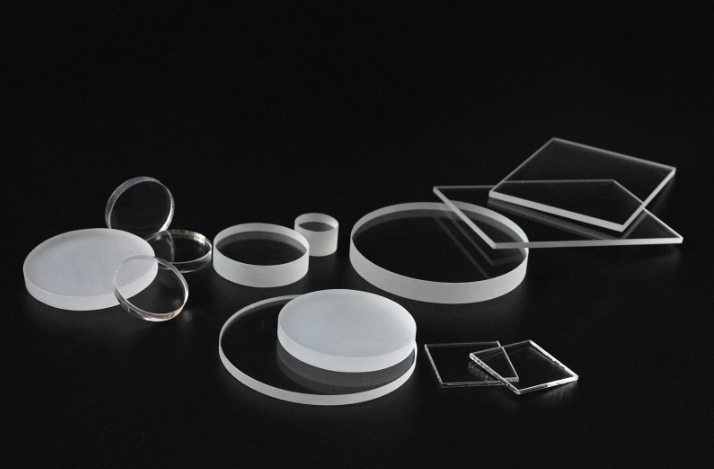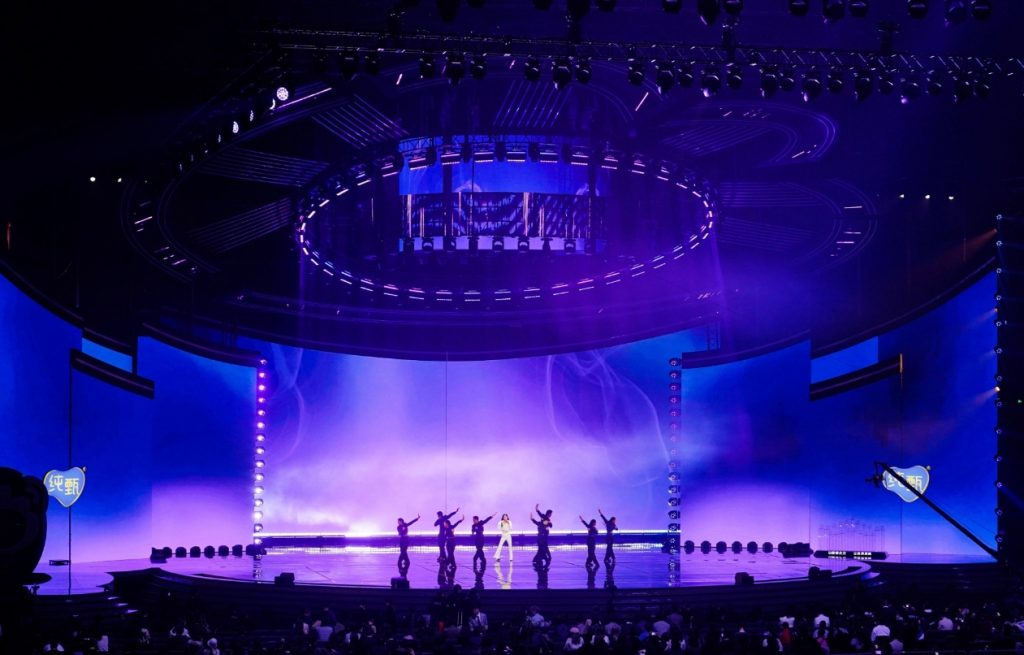LED packaging substrates play a crucial role in the performance, reliability, and cost-effectiveness of LED devices. Let’s explore the features, differences, and pros and cons of glass, silicone, and polymer substrates used in LED packaging.

Glass Substrate LED Packaging
Features:
Glass substrates offer high thermal conductivity, excellent dimensional stability, and transparency. They have good mechanical strength and can withstand high temperatures. Glass enables efficient light transmission and can be processed with microstructures or optical elements to improve performance.
Differences:
Glass substrates have higher thermal conductivity and rigidity compared to silicone and polymer substrates. They are more suitable for applications requiring high brightness, color accuracy, and heat dissipation.
Pros:
High thermal conductivity, dimensional stability, transparency, scalability, and integration possibilities.
Cons:
Fragility, higher weight, and cost compared to silicone and polymer substrates. More challenging to process and handle.
Features:
Silicone substrates offer flexibility, good thermal stability, and resistance to moisture and chemicals. They can be manufactured in various forms, including sheets, films, or encapsulants. Silicone substrates are suitable for applications that require flexibility or conformability.
Differences:
Silicone substrates are more flexible and elastic compared to glass and polymer substrates. They are ideal for applications where bending or conforming to curved surfaces is required.
Pros:
Flexibility, thermal stability, moisture resistance, chemical resistance, and cost-effectiveness.
Cons:
Lower thermal conductivity compared to glass, limited dimensional stability, and lower transparency.
Features:
Polymer substrates, such as flexible plastics or polyimide films, offer lightweight, flexibility, and good electrical insulation properties. They can be processed in roll-to-roll manufacturing, enabling cost-effective production.
Differences:
Polymer substrates are highly flexible and lightweight compared to glass and silicone substrates. They are suitable for applications requiring lightweight and bendable LED devices.
Pros:
Lightweight, flexibility, electrical insulation, cost-effectiveness, and roll-to-roll manufacturing.
Cons:
Lower thermal conductivity compared to glass and silicone, limited dimensional stability, lower rigidity, and lower transparency depending on the specific polymer material.

The choice of substrate depends on the specific requirements of the LED application. Glass substrates excel in applications that demand high thermal performance and optical quality. Silicone substrates are ideal for applications requiring flexibility and resistance to moisture. Polymer substrates are suitable for lightweight and flexible LED devices.
It’s important to note that ongoing research and development in substrate materials continue to improve their performance and address their limitations. New formulations and hybrid materials are being explored to achieve a balance between thermal management, flexibility, transparency, and cost-effectiveness in LED packaging substrates.